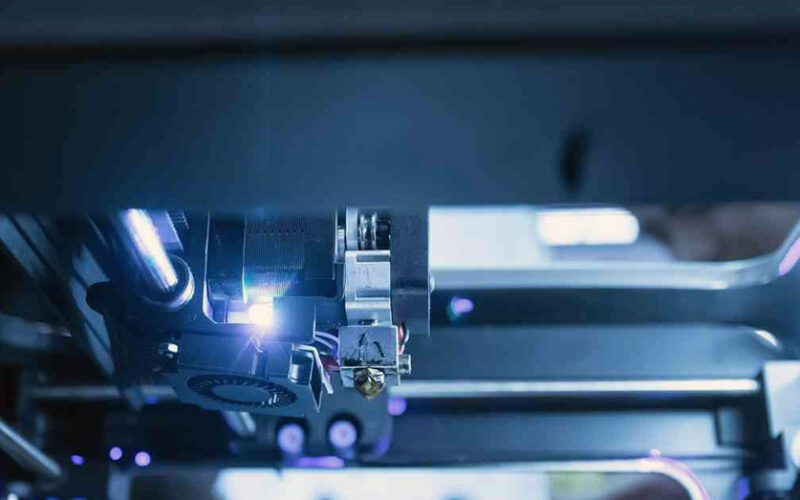
Could 3D printing spare parts soon become commonplace in the maritime shipping industry? There’s a very interesting story recently published by Forbes magazine that indicates that it might be.
According to the article, marine industry supply chain and distribution company Thyssenkrupp Materials Services has “invested substantially” in 3D printing technology and has been using it to manufacture critical spare parts faster and cheaper than traditional manufacturing.
The company has even dropped 3D-printed parts onto a vessel from a drone, the article states.
A huge leap forward when it comes to 3D printing for the maritime industry came in October, when Thyssenkrupp Materials Services and third-party ship manager Wilhelmsen Ships Service, teamed up to offer the global maritime industry an on-demand digital manufacturing platform for 3D-printed spare parts.
Wilhelmsen, which has said that it aims to further the digital transformation of the maritime industry, especially for spare parts, said that it chose to partner with Thyssenkrupp for its engineering expertise in industrial 3D printing.
Together, the two billion-dollar, hundred-plus-year-old multinational companies have developed a platform called Pelagus 3D that they say can “deliver maritime spare parts more efficiently in terms of time and cost, allowing customers to ensure their vessels’ seaworthiness and keep their operations moving on schedule.”
Thyssenkrupp and Wilhelmsen have each been 3D printing spare parts for ships and offshore installations for at least five years and have made metal propellers, impellers, gears, and nearly any part that can break, plus “less conspicuous parts” out of engineering polymers, according to Forbes.
“The new venture,” the article states, “opens up this spare part service to more end-users (vessel managers) and vessel part makers (OEMs) with a network of about 60 additive manufacturing service providers onto one digital platform.”
By digitizing and decentralizing part production, the article continues, Pelagus 3D aims to disrupt the entire ecosystems of the maritime and offshore supply chain.
“Our Pelagus 3D engineers work together with both end users and OEMs to ensure that the digital files are redesigned to ensure that the spare part performs better, or the spare part is printed in another material that helps prevent corrosion (for example),” Pelagus 3D CEO Kenlip Ong was quoted as saying by Forbes. “When end users submit a query for a part, there are steps to indicate the issues that the current part faces and our engineers will proceed to work closely with them to solve the issues that they face.”
In other words, according to the article, with data on why the part failed, the new part can be made better and not just reproduced as it was.
Regarding why shipbuilders and marine equipment makers would upload digital files to Pelagus 3D instead of making and selling them to vessel managers directly, the platform says that it can get parts to customers faster and cheaper, as well as reduce users’ costs and help them stay competitive.
Plus, part makers can eliminate both logistics costs and standing inventories, plus deliver better parts in new materials. They can also customize and consolidate parts to improve functionality and increase overall performance.
Customers can also choose to have their spare parts in materials not previously available, such as high-performance plastics that are as chemical- and heat-resistant as metals but much lighter weight.
The full article is a must-read if you’re involved in the vessel management or part making industries. It can be accessed online at https://tinyurl.com/3yht2t8w.
Managing Editor Mark Nero can be reached at (619) 313-4351 or mark@maritimepublishing.com

